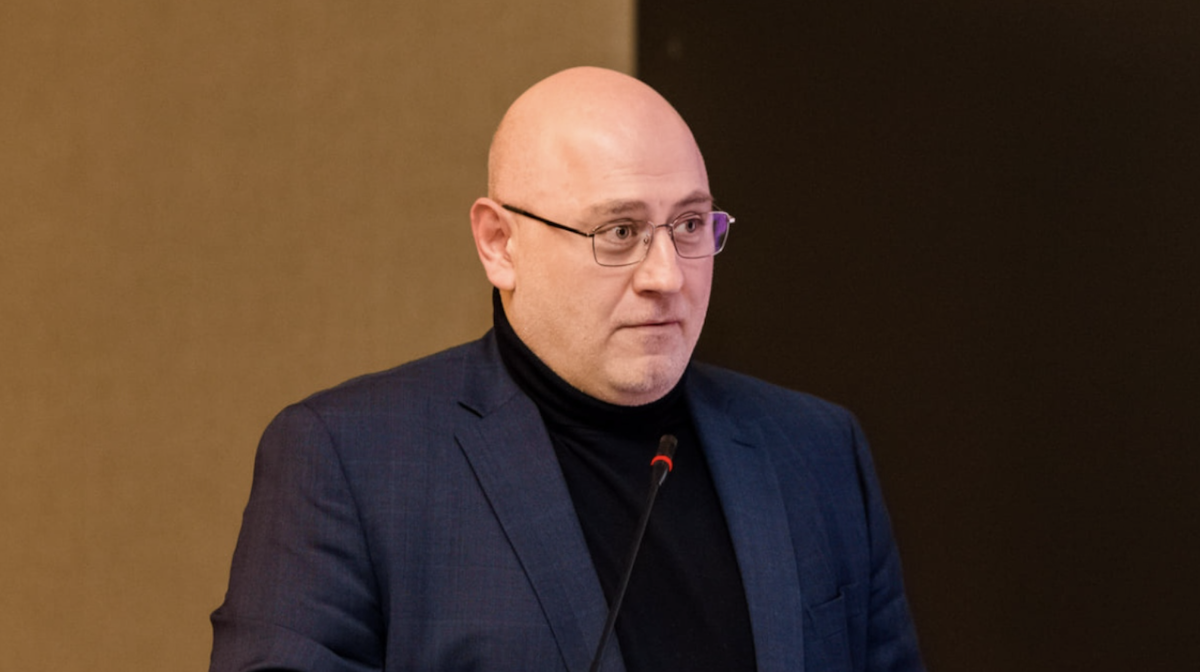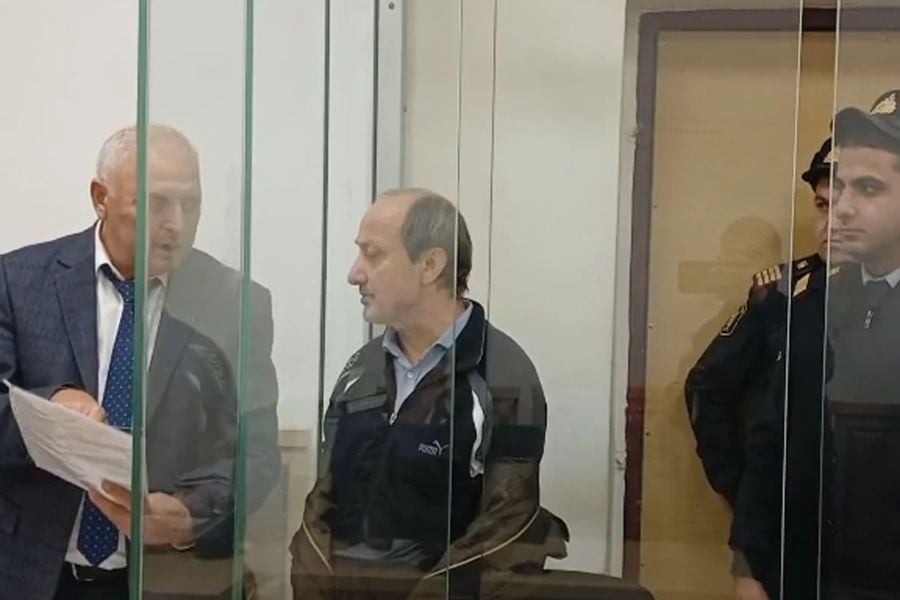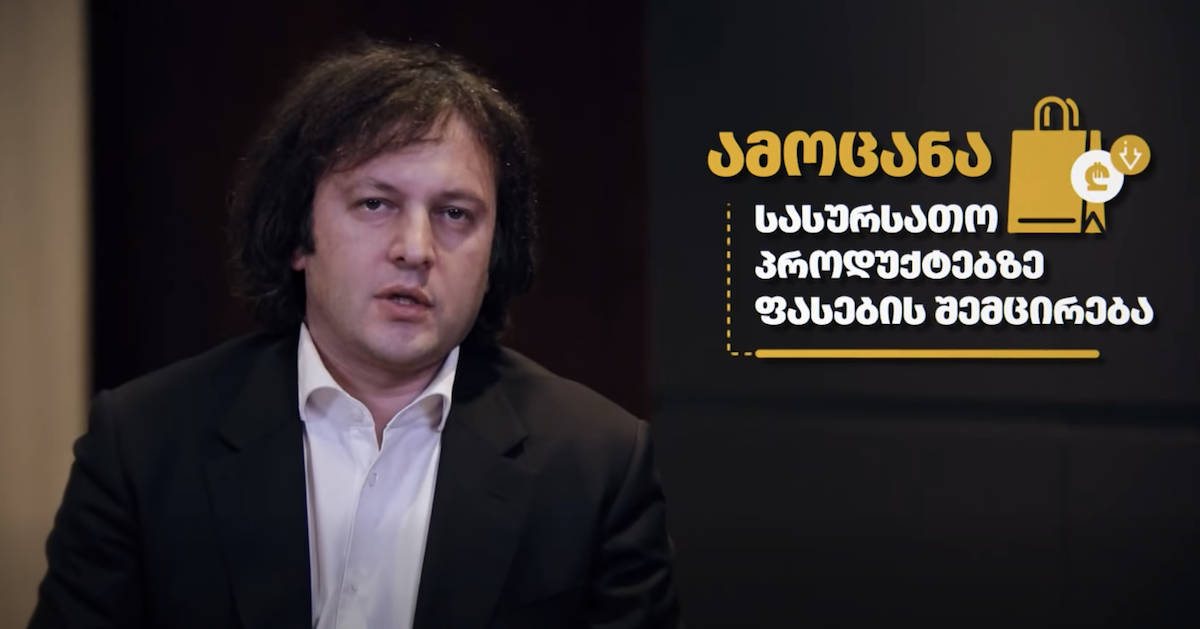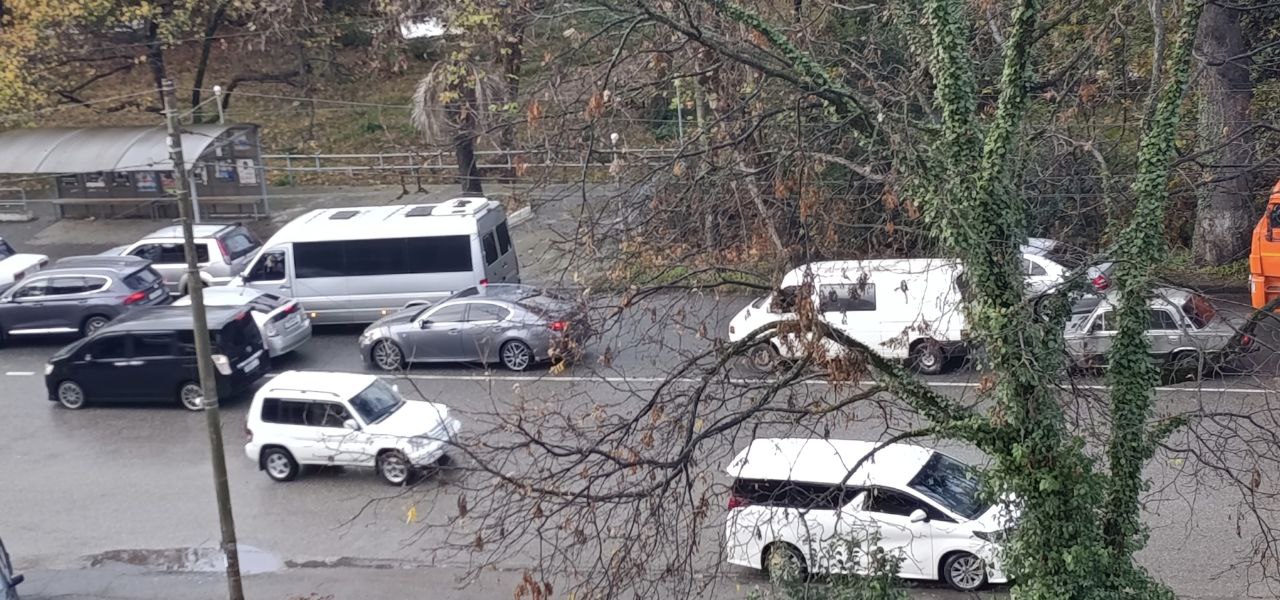New form of tourism in Armenia: wilderness and adrenalin
A group of Armenian guides undertook to develop ecotourism in the very south of the country – now they are expecting an inflow of tourists starting next year.
A new 70-kilometer tourist route will be created in the Syunik region and will pass through reserves and forests and connect the paths of Kapan and Meghri.
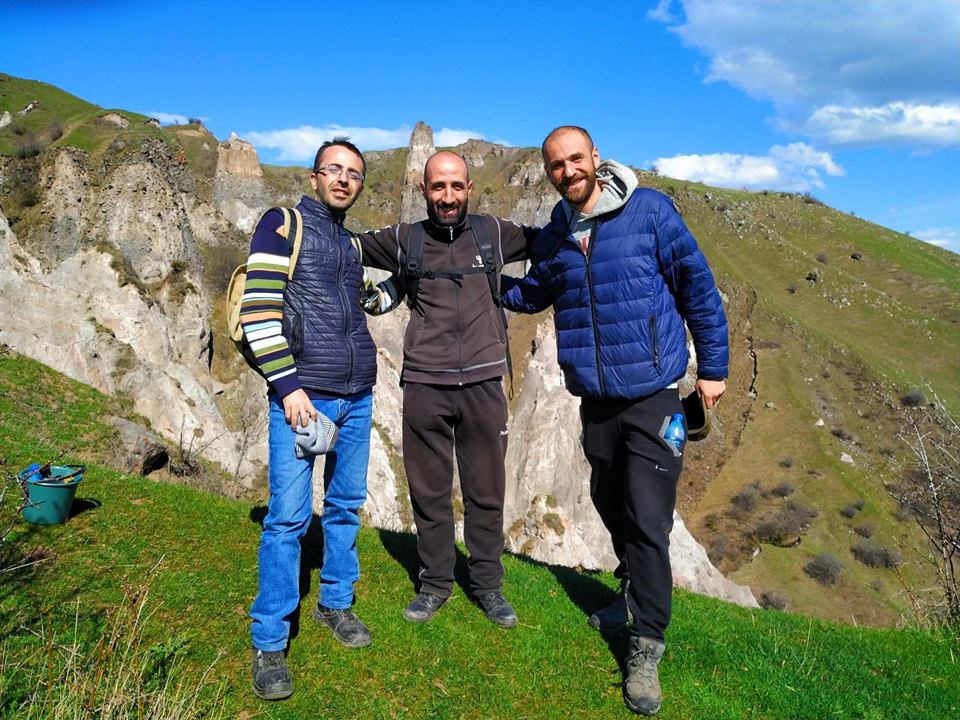
Guides say that this mountain route will give tourists the opportunity to see completely wild nature, wade through gorges, cross rivers, see ancient temples and settlements.
• Photoreportage from the Dashbash Gorge in Georgia
• How extreme sports stemmed labour migration from this Armenian village
The route includes the Platan Grove reserve, thickets of eastern beech, Mount Khustup, where there are tent camps. Part of the route runs directly along the famous Silk Road.
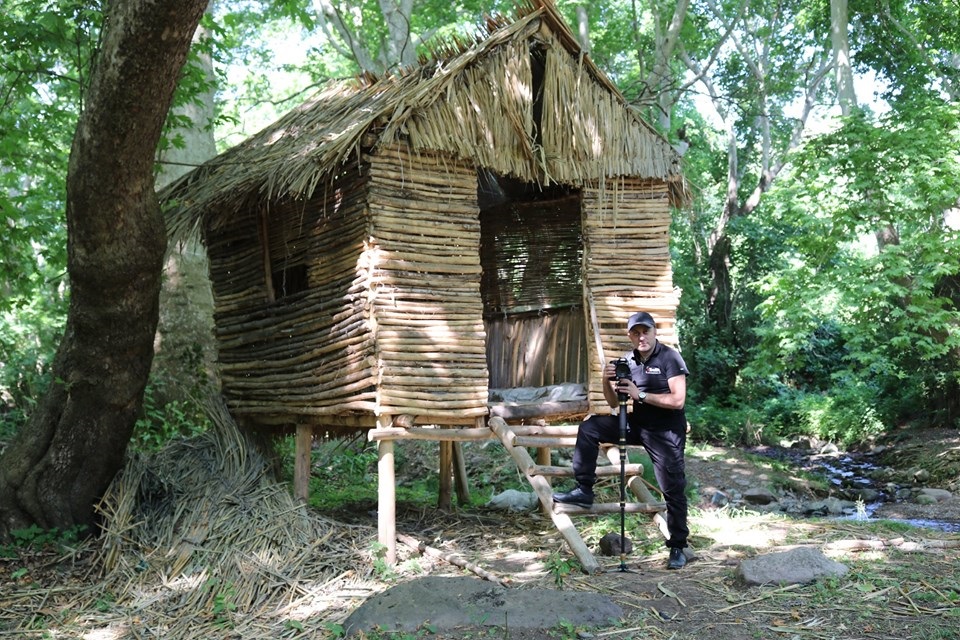
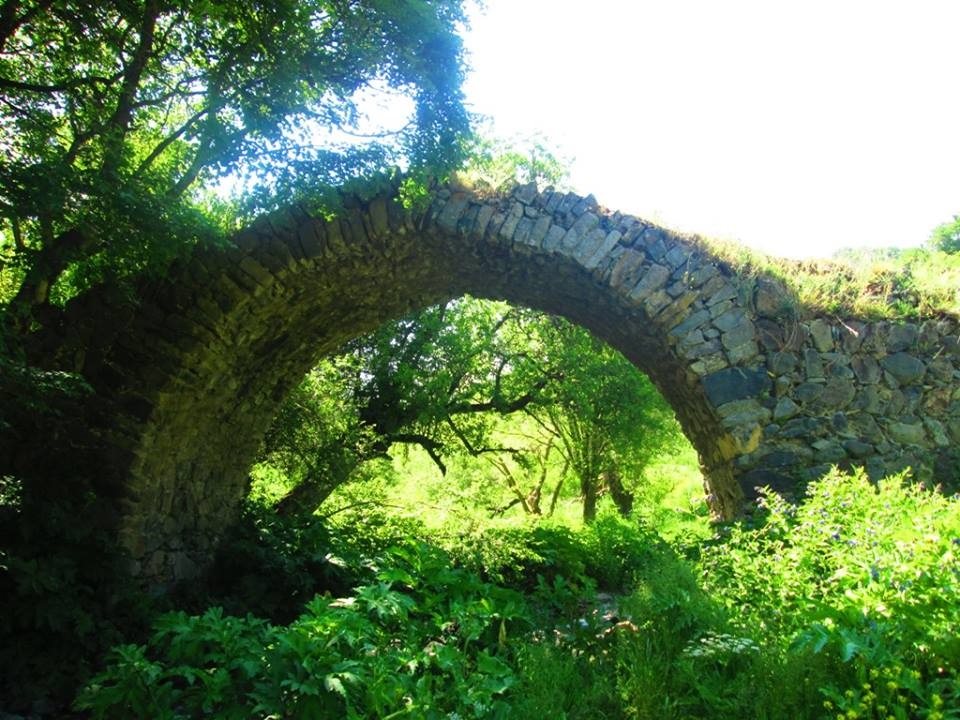
“By the end of 2019, our route will be ready – thoroughly developed, consistent with state standards and displayed on maps. By this time, many local guides will also undergo retraining. We will organize a big PR campaign in cooperation with local and foreign agencies, and hope to attract many tourists,” says Robert Matevosyan, chairman of the Guides from the South organization.
Eight villages will be involved in the route – and, accordingly, in the new tourism business – which are located next to the Shikahogh Nature Reserve and the Arevik National Park.
“Local residents will sell products, open restaurants, and local traditional crafts will be in demand. The goal is for communities to develop themselves, without external assistance, and tourism will become an incentive for them,” says David Hakobyan, guide, ecologist and program coordinator at Guides from the South.
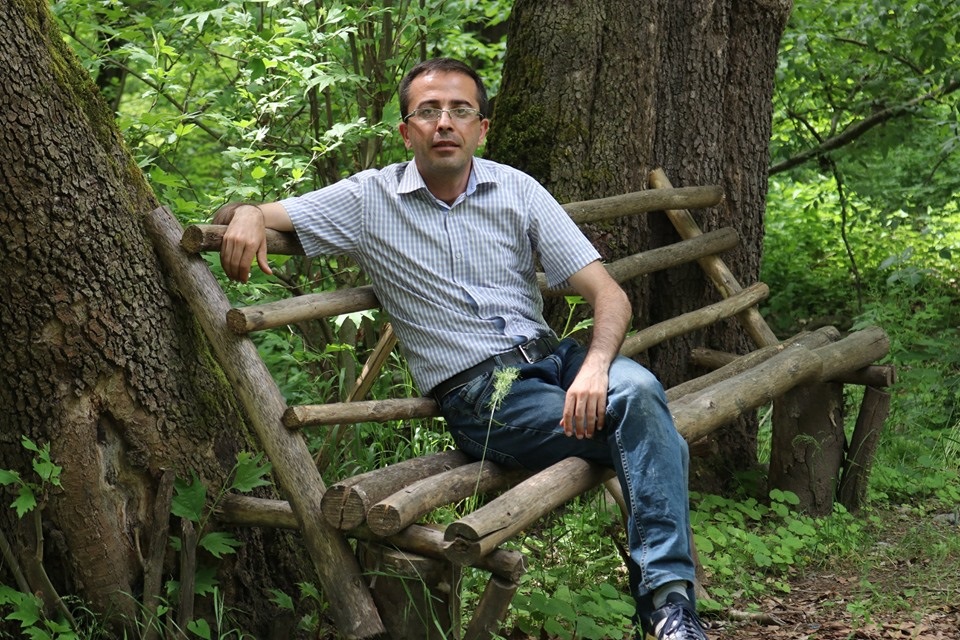
The entire programme is called “Ecotourism as an incentive for the socio-economic development of communities around protected areas.”
Since 2018, 27 guides have already been trained – and together with them they have gathered legends, stories about history and traditions, and prepared a program for tourists.
“In preparing the route, volunteers from Peru, Colombia, Russia and Poland worked with us. If we receive the necessary financing, by the end of the year we will also conduct courses on how to organize a hotel business,” says David.
A separate website will be created for this 70-kilometer route, where, among other things, they will publish a list of goods and services that will be provided by at least 40 families included in the project. The site even has the recipes of traditional dishes of these places.
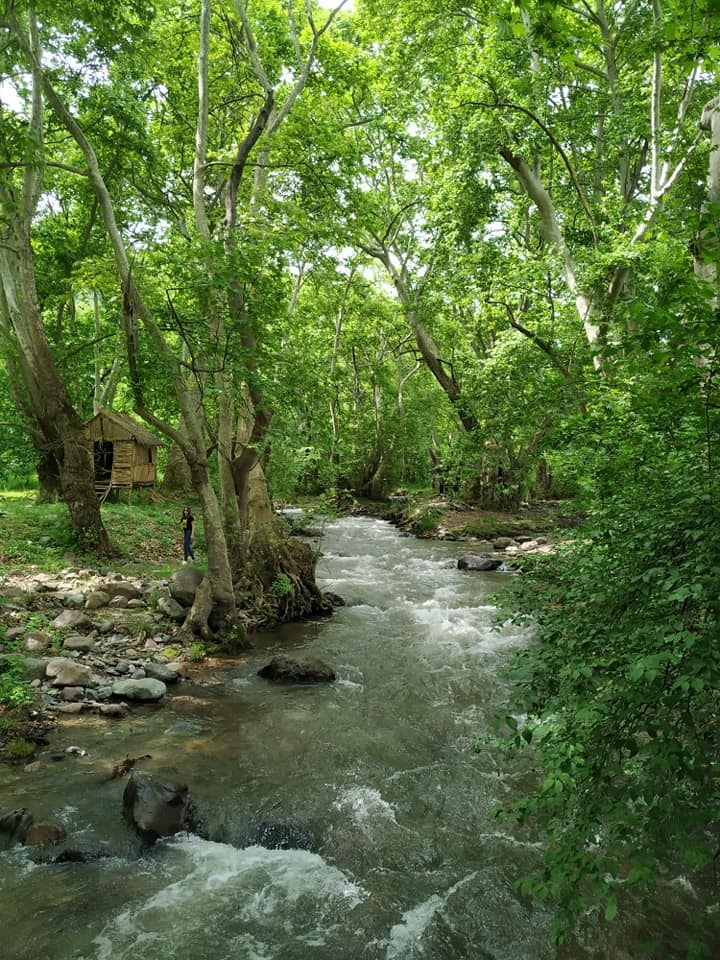

Since the beginning of the 1990s, the population of Shikahogh has been reduced four times, there are very few people left.
Aramis Tadevosyan, a 58-year-old military training teacher at the local school, together with his wife Gohar decided to join the tourism business – and have already taken their first steps. They renovated their two-story house and even managed to receive the first tourists this year.

The son of Aramais is 28 years old. More recently, Bagrat and his wife and child returned from Russia.
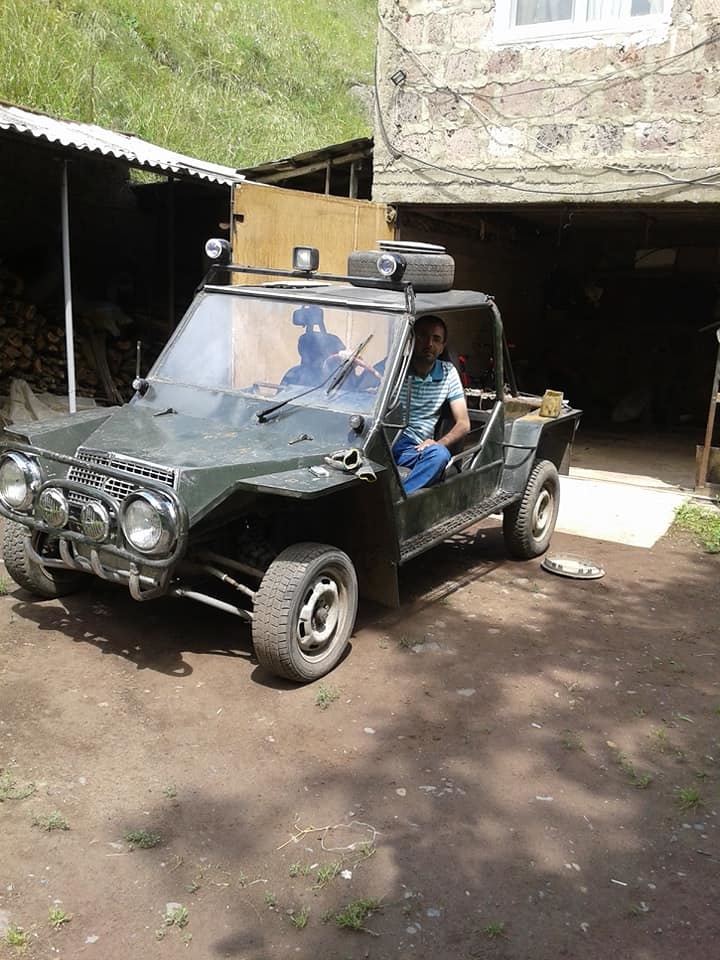
“I left to work, but could not get used to life in Russia. If tourists find out about our places, they will come to us. And we will have the opportunity to get down to business, stop thinking about leaving our village, even those who left will return,” says Bagrat.










